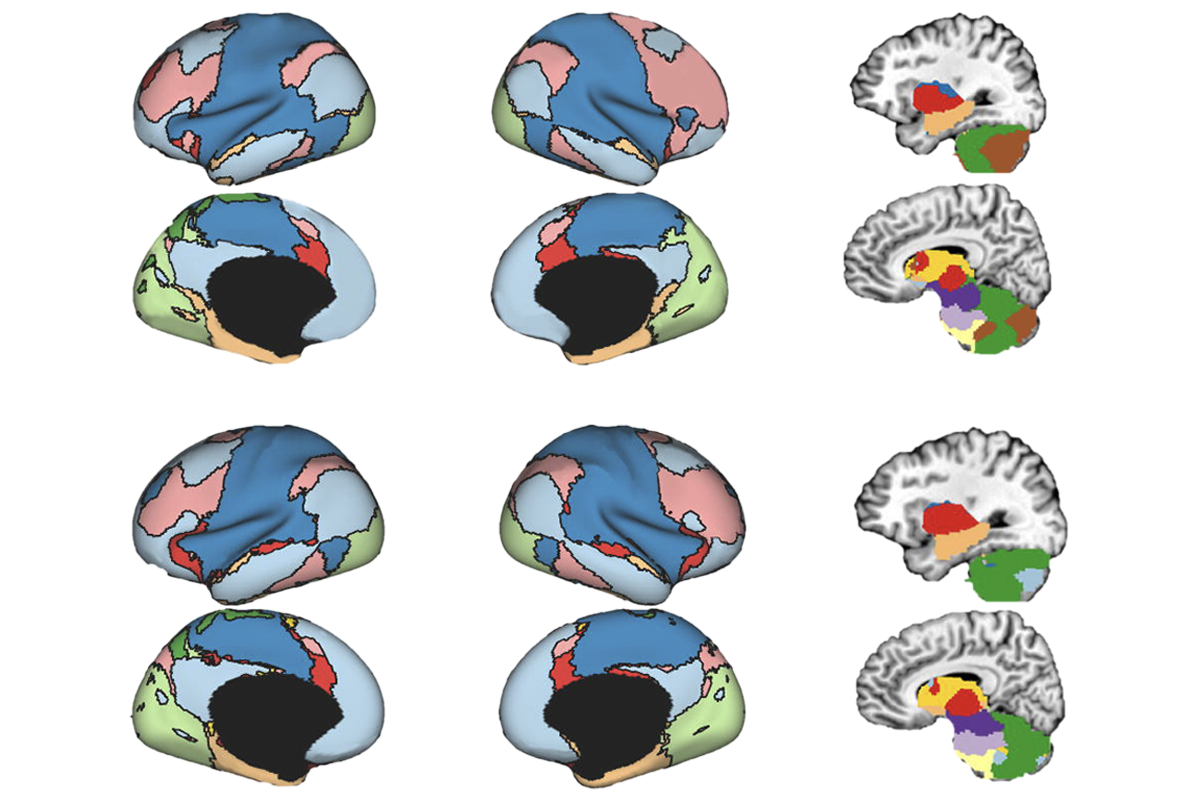- A child whose amygdala grows unusually rapidly during the first two years of life tends to have more anxiety at ages 6 to 12 than do children with typical growth, regardless of diagnosis or family history of autism. Developmental Cognitive Neuroscience
- Autistic men reading scripts for emotional scenes have less pitch variation in their speech than do non-autistic men, a difference that identified participants with autism with 90 percent accuracy in one study. Autism Research
- Anavex, a company developing a therapy for Rett syndrome, may be spinning its phase 2/3 clinical trial results to sound better than they are, according to critics. Endpoints News
- The autism-linked gene MEF2C plays a key role in neonatal hippocampal neurogenesis, which is related to altered social behaviors in mice. Journal of Neuroscience
- Genomics researchers called out Orchid Health for using their results to screen human embryo genomes for the likelihood of developing neurodevelopmental or psychiatric conditions, saying that the company is violating the data’s usage restrictions. Science
- Receptive language tends to be stronger than expressive language in autistic children and adolescents who are minimally verbal, but language profiles in this population vary. Autism Research
- The proportion of girls and women diagnosed with autism has increased in North Carolina between 2000 and 2021, according to an analysis of state-wide data. Journal of Child Psychology and Psychiatry
- Autistic people show altered patterns of functional connectivity, as measured by functional MRI in a resting state, according to a preprint. bioRxiv
Prosodic patterns in autism; MEF2C; functional connectivity
Here is a roundup of autism-related news and research spotted around the web for the week of 8 January.
By
Jill Adams
9 January 2024 | 2 min read

Altered states: Parcellation of whole-brain images into functional networks reveals differences between autistic (bottom set) and non-autistic (top set) people.
- Naturalistic developmental behavioral interventions can improve communication, cognition and adaptive behavior in autistic children but have mixed results on core traits such as repetitive behaviors, according to a review of studies. Journal of Autism and Developmental Disorders
Recommended reading

New organoid atlas unveils four neurodevelopmental signatures
By
Diana Kwon
17 December 2025 | 4 min read
Explore more from The Transmitter

The Transmitter’s most-read neuroscience book excerpts of 2025
By
The Transmitter
24 December 2025 | 2 min read

Neuroscience’s leaders, legacies and rising stars of 2025
By
The Transmitter
24 December 2025 | 2 min read

The Transmitter’s top news articles of 2025
By
The Transmitter
24 December 2025 | 3 min read
Cite this article:

